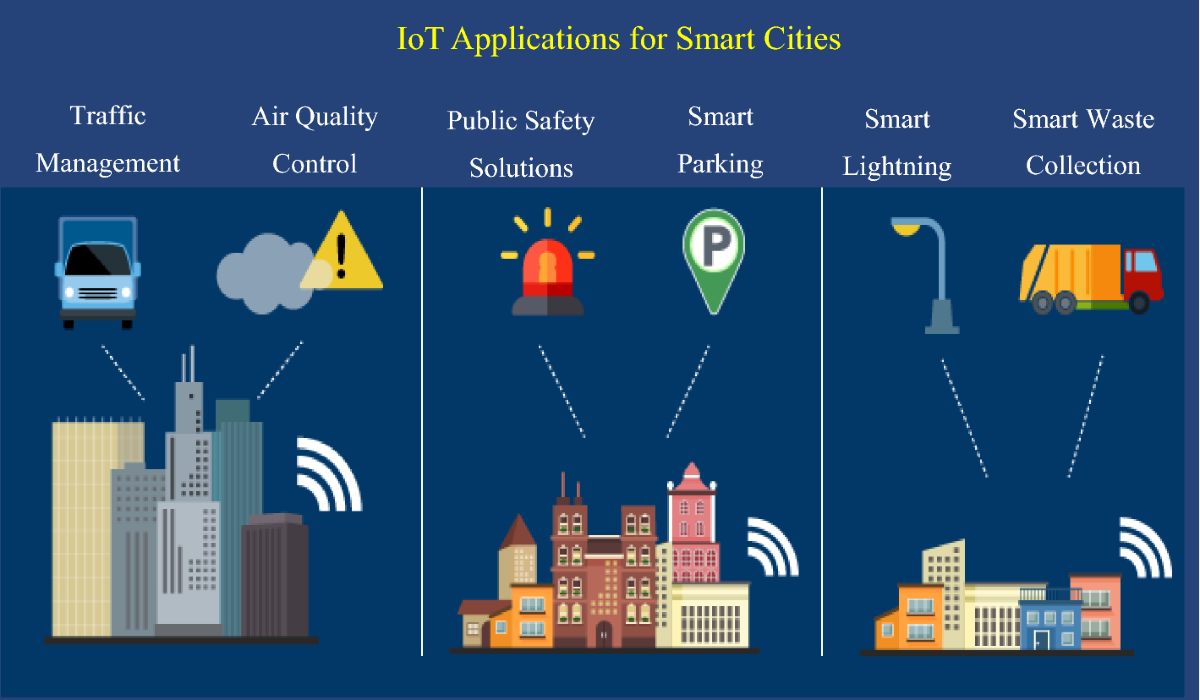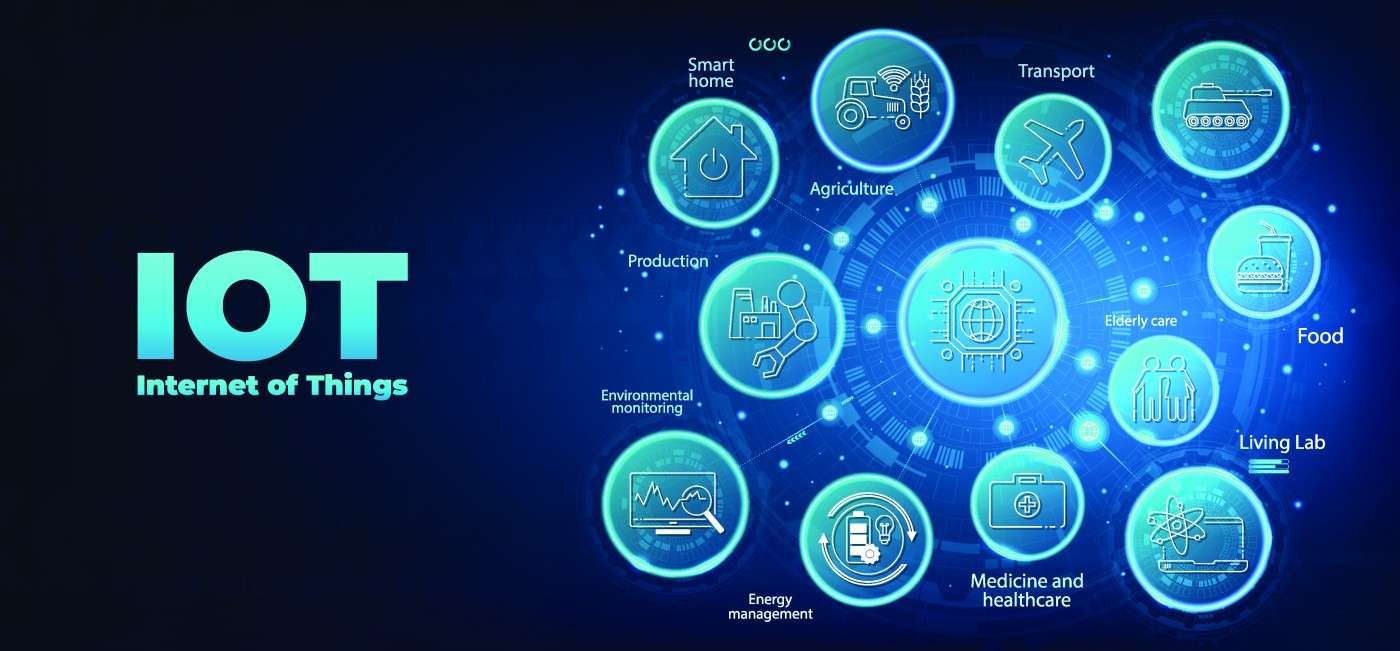The Importance of Network Technology in Supporting IoT Devices
The Internet of Things (IoT) is rapidly transforming various industries by connecting devices, sensors, and systems to the internet, enabling them to communicate and share data. Network technology is a crucial component in the successful deployment and operation of IoT devices, providing the infrastructure needed to support their connectivity, data transfer, and security. This article explores the importance of network technology in supporting IoT devices and highlights the key considerations for ensuring a robust IoT infrastructure.

Ensuring Reliable Connectivity
Network Infrastructure: A reliable and robust network infrastructure is essential for connecting IoT devices and ensuring consistent communication. The network must support a large number of devices, each generating and transmitting data. High-speed internet connections, reliable cabling, and sufficient bandwidth are critical for maintaining connectivity and performance.
Wireless Technologies: Many IoT devices rely on wireless technologies such as Wi-Fi, Bluetooth, Zigbee, and cellular networks for connectivity. Each technology offers different benefits and limitations. For example, Wi-Fi provides high-speed connections but may have limited range, while cellular networks offer broader coverage but may have higher costs. Choosing the appropriate wireless technology depends on the specific requirements of the IoT deployment.
Supporting Data Transfer and Processing
Bandwidth Management: IoT devices often generate large volumes of data, making effective bandwidth management crucial. Network technology must be capable of handling high data throughput and ensuring that data from various devices can be transmitted efficiently. Techniques such as Quality of Service (QoS) can prioritize critical data and prevent network congestion.
Data Aggregation and Processing: Network technology supports data aggregation and processing by connecting IoT devices to central servers or cloud platforms. Edge computing can be used to process data closer to the source, reducing latency and improving response times. Effective data management strategies are essential for handling the diverse and high-volume data generated by IoT devices.
Ensuring Scalability and Flexibility
Scalability: As IoT deployments grow, the network must be scalable to accommodate an increasing number of devices. Scalable network infrastructure allows for the addition of new devices without compromising performance. Network virtualization and software-defined networking (SDN) can enhance scalability by enabling dynamic resource allocation and management.
Flexibility: IoT networks must be flexible to support various types of devices and applications. Network technology should allow for easy integration of new devices and technologies, adapting to changing requirements and use cases. This flexibility is crucial for maintaining an effective and future-proof IoT infrastructure.
Enhancing Security and Privacy
Data Security: Security is a critical concern for IoT devices, as they often handle sensitive data and are vulnerable to cyber threats. Network technology must implement robust security measures, including encryption, firewalls, and intrusion detection systems, to protect data in transit and ensure the integrity of communications.
Access Control: Implementing strict access control measures is essential for preventing unauthorized access to IoT devices and network resources. Techniques such as role-based access control (RBAC) and multi-factor authentication (MFA) can enhance security by ensuring that only authorized users and devices can access the network.
Network Segmentation: Segmenting the network helps contain potential security breaches and limits the impact of attacks. By creating isolated network segments for IoT devices, organizations can prevent unauthorized access and reduce the risk of cross-contamination between different parts of the network.
Managing Latency and Reliability
Low Latency: For applications that require real-time data processing and response, such as autonomous vehicles or industrial automation, low latency is crucial. Network technology must ensure minimal delay in data transmission to support time-sensitive applications effectively.
Network Reliability: Ensuring network reliability is essential for the continuous operation of IoT devices. Redundant network paths, failover mechanisms, and regular maintenance can help prevent downtime and ensure that devices remain connected and operational.
Supporting Emerging Technologies
5G Integration: The integration of 5G technology with IoT networks offers significant benefits, including high-speed connectivity, low latency, and increased capacity. 5G can support a large number of IoT devices and enable advanced applications such as smart cities and remote healthcare.
Edge Computing: Edge computing complements IoT networks by processing data closer to the source, reducing latency and bandwidth usage. This technology supports real-time analytics and decision-making, enhancing the performance and efficiency of IoT applications.
Future Trends and Considerations
Network Automation: Automation tools can streamline network management tasks, such as configuration, monitoring, and troubleshooting. Automated network management improves efficiency and reduces the risk of human error, ensuring a more reliable IoT infrastructure.
IoT Standards and Protocols: The development and adoption of IoT standards and protocols are essential for ensuring interoperability and compatibility between devices and networks. Standardized communication protocols facilitate seamless integration and operation of IoT devices across different environments.
Sustainability: As IoT deployments grow, there is a focus on sustainability and energy efficiency. Network technology must support green practices, such as energy-efficient hardware and optimized resource usage, to minimize environmental impact.
Conclusion
Network technology plays a pivotal role in supporting IoT devices by ensuring reliable connectivity, efficient data transfer, and robust security. As IoT applications continue to expand and evolve, the importance of network infrastructure in managing scalability, latency, and emerging technologies becomes increasingly significant. By addressing these key considerations, organizations can build a strong and effective IoT network that enhances connectivity, performance, and security.



